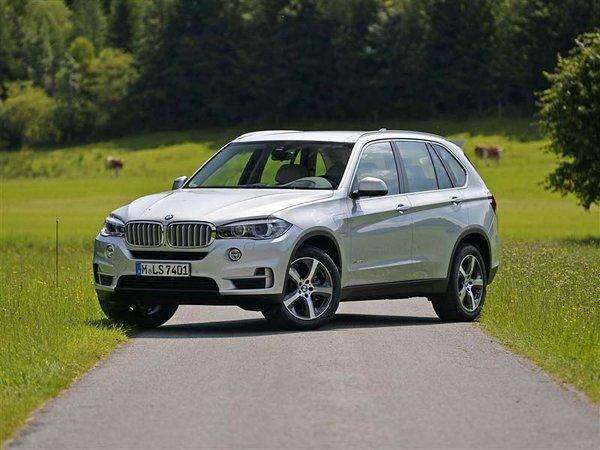According to foreign media reports, German luxury car manufacturer BMW said on July 6 local time, it will not be able to "completely digest" China's 25% tariff on imported cars from the United States, and will have to improve its South Carolina, USA. The price of the car produced at the Patanburg factory. BMW said that “the price increase of American-made models exported to China is currently being calculated†and will be announced in the “late stageâ€. BMW has been exporting high-margin X4, X5, X6 SUVs and crossover models to China. Last year, the BMW US plant shipped more than 100,000 cars to China. In response to the Trump administration’s move to impose tariffs on goods worth about $34 billion (£257) in China, China announced that it will impose a 25% tariff on 545 US goods, including US imports, from July 6. And a few days ago, China had cut tariffs on all imported cars. Sino-US tariff disputes have made automakers face a difficult choice: whether to bear the cost of tariffs to reduce profits or risk the loss of sales to increase the price of cars? Johan Gott, head of Kearney Management Consulting in the United States, said, “The question for automakers is whether they can sell cars to consumers at a higher price; if not, where to make a profit.†Gott said that automakers are already responding to the US impact on tariffs on imported steel and aluminum, and that Trump will face a 25% tariff on EU imports. In addition, Trump has threatened to withdraw from the North American Free Trade Agreement. Gott said, "If you are a car manufacturer, facing so many, then you are likely to suffer tremendous damage." Ford Motor Co. said on July 5 that it will not raise the price of Ford and high-profit Lincoln luxury models in China for the time being. German automaker Daimler said last month that the high tariffs on US exports to Chinese cars would hurt the sales of Mercedes-Benz SUVs in China, thus lowering its 2018 pre-tax profit forecast. A Daimler spokesperson said the company is closely monitoring the tariff situation but is unwilling to comment on its pricing strategy. On the other hand, GM imported Buick Envision SUV from China to the US, and the US is currently being affected by tariffs. GM imported a total of 41,000 Buicks to the US last year. A GM spokesperson said that it has not yet decided to raise the price of Buick Envision in the US market.
"Gravity Die Casting. A permanent mould casting process, where the molten metal is poured from a vessle of ladle into the mould, and cavity fills with no force other than gravity, in a similar manner to the production of sand castings, although filling cn be controlled by tilting the die."
Sometimes referred to as Permanent Mould, GDC is a repeatable casting process used for non-ferrous alloy parts, typically aluminium, Zinc and Copper Base alloys.
The process differs from HPDC in that Gravity- rather than high pressure- is used to fill the mould with the liquid alloy.
GDC is suited to medium to high volumes products and typically parts are of a heavier sections than HPDC, but thinner sections than sand casting.
There are three key stages in the process.
Advantages
Gravity Casting Parts,Aluminum Alloy Gravity Casting Parts,Aluminum Gravity Die Casting Parts,Gravity Casting Aluminum Parts HSI INDUSTRIEL LTD , https://www.hsiindustriel.com
Gravity Die Casting